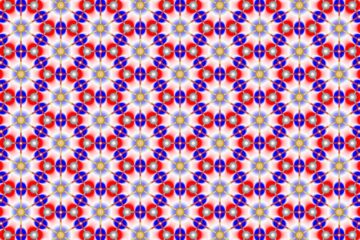Latest News

Suppressing a gene in mice prevents heart from aging, preserves its function
Scientists prevented age-related changes in the hearts of mice and preserved heart function by suppressing a form of the PI3K gene, in a study reported in…

Researchers discover RNA repair system in bacteria
The novelty of the newly discovered bacterial RNA repair system is that, before the damaged RNA is sealed, a methyl group is added to the two-prime hydroxyl…

Children can greatly reduce abdominal pain by using their imagination
And those benefits were maintained six months after treatment ended, a new study by University of North Carolina at Chapel Hill and Duke University Medical…

The first neotropical rainforest was home of the Titanoboa
“Modern neotropical rainforests, with their palms and spectacular flowering-plant diversity, seem to have come into existence in the Paleocene epoch, shortly…

Study supports possible role of urate in slowing Parkinson's disease progression
By examining data from a 20-year-old clinical trial, a research team based at the MassGeneral Institute for Neurodegenerative Diseases (MGH-MIND) and Harvard…

Gene mingling increases sudden death risk
The investigators – from the United States, Italy and South Africa – report in the journal Circulation that variations in the gene NOS1AP increase the risk of…











